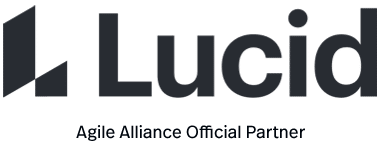Story mapping consists of ordering user stories along two independent dimensions. The “map” arranges user activities along the horizontal axis roughly in the order in which the user would perform the task. Down the vertical axis, user stories are ordered by priority and/or increasing sophistication of the implementation.
Given a story map so arranged, the first horizontal row represents a “walking skeleton“, a barebones but usable version of the product. Working through successive rows fleshes out the product with additional functionality.
Also Known As
User Story Mapping
Expected Benefits
One intent of this practice is to avoid a failure mode of incremental delivery, where a product could be released composed of features that in principle are of high business value but are unusable because they are functionally dependent on features that are of lower value and were therefore deferred to future releases.
Origins
- 2005: without giving it that name, Jeff Patton formulates the concepts of story mapping in “It’s All in How You Slice It”
- 2008: the story mapping practice is described and abundantly illustrated in Jeff Patton’s “The new user story backlog is a map”
Further Reading
User Story Mapping: Discover the Whole Story, Build the Right Product by Jeff Patton and Peter Economy




